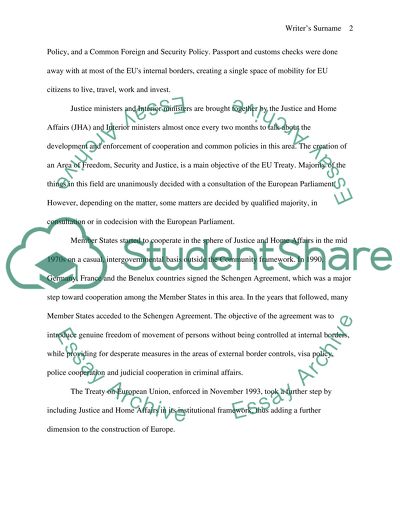Cite this document
(“Justice and Home Affairs Essay Example | Topics and Well Written Essays - 2000 words”, n.d.)
Justice and Home Affairs Essay Example | Topics and Well Written Essays - 2000 words. Retrieved from https://studentshare.org/miscellaneous/1513977-justice-and-home-affairs
Justice and Home Affairs Essay Example | Topics and Well Written Essays - 2000 words. Retrieved from https://studentshare.org/miscellaneous/1513977-justice-and-home-affairs
(Justice and Home Affairs Essay Example | Topics and Well Written Essays - 2000 Words)
Justice and Home Affairs Essay Example | Topics and Well Written Essays - 2000 Words. https://studentshare.org/miscellaneous/1513977-justice-and-home-affairs.
Justice and Home Affairs Essay Example | Topics and Well Written Essays - 2000 Words. https://studentshare.org/miscellaneous/1513977-justice-and-home-affairs.
“Justice and Home Affairs Essay Example | Topics and Well Written Essays - 2000 Words”, n.d. https://studentshare.org/miscellaneous/1513977-justice-and-home-affairs.


